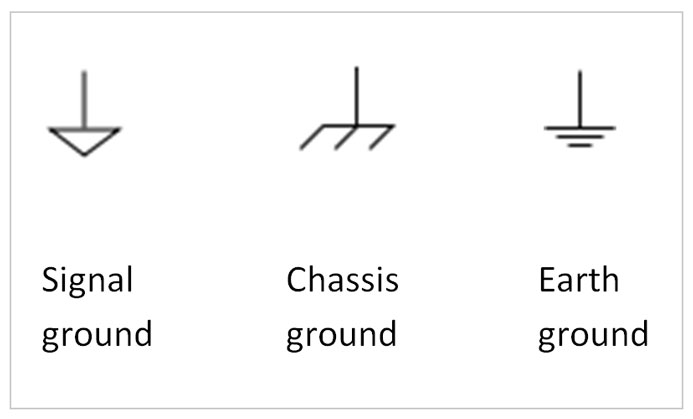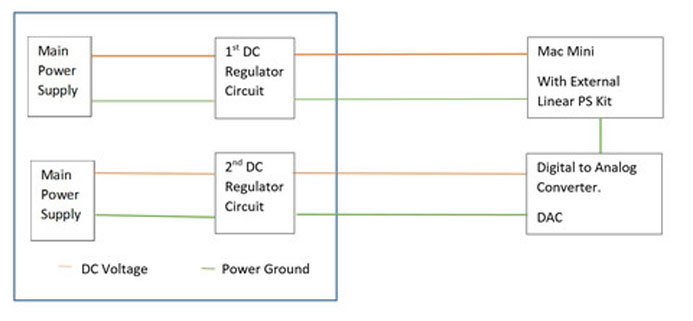What does Ground Mean?
The ground is an electrical connection to earth or some other conductor that is connected to earth. Sometimes the term “ground” is used in place of “common”, but such usage is not correct unless the connection is also connected to earth.
The ground provides a low resistance path for the fault currents. In case the current from the live conductors come into contact with exposed equipment parts, it finds a low path to the ground hence preventing potential electric shocks. When the current rises beyond a certain level, the current protection mechanism comes into play and trips the circuit either by opening the fuse or circuit breaker, and cutting off the supply to the circuit.
Types of ground:
Chassis ground
Chassis ground is often when the ground point in the power supply is connected to the metallic enclosure of an electronics circuit; it may or may not have a connection to the Earth ground. It provides a means of taking away any leakage or fault currents to the ground, hence protecting the users from hazardous voltages and electric shocks.
The chassis ground is always connected to the other grounds to provide maximum safety. Usually it is done using the three wire power cables.
The power supplies have a common ground for the various voltages both positive and negative. This is then connected to the chassis and to the earth ground through the third wire on the power cable.
This ensures that when the power supply is installed in a computer casing or any other metallic equipment, the casing is automatically grounded without requiring an extra cable to be run from the earth ground or mains socket
In desktop computer power supplies, the primary ac side does not have a common ground connected to the chassis. However, on the secondary side, the multiple dc output voltages share a common ground which acts as the reference zero point. This common ground is then connected to the chassis or enclosure through the screws that mount it onto the enclosure. However, some power supplies have a floating ground, especially when there is a lot of interference due to ground loops, in such as a case the common ground is not connected to the chassis or earth grounds.
Figure 1: Different types of ground – Image Credit
Signal ground
The signal ground refers to the reference point for the signal. The magnitude of the signal is measured using this as the zero point, however, due to inefficiencies and inevitable voltage drops in the circuit, all the ground points might not be on the same level and there might be some variations. As such a circuit may have more than one signal ground.
Earth ground
The earth ground connection is achieved by driving the Earth electrode deep into the earth and bringing the connection up to the mains inlet point. The connection is then run along with the live and neutral wires inside the cable raceways. The earth connection is also physically connected to the raceway if it’s made of metal.
To ensure maximum safety in a building or any installation, all the exposed metallic parts such as pipes are connected to this earth ground. In addition, all the electrical equipment should be connected to the earth electrode. In most cases, this happens automatically if the power cable has the ground wire connection. As such, it is always important to use a 3-pin power cable on computers and other equipment with the 3 pin power input receptacle.
The performance of the earth ground varies depending on the terrain, type of soil and other factors such as weather. For example, there is poor Earth in rocky terrain during dry weather, but the Earth improves during the wet weather conditions.
Ground in multiple circuit systems
It is advisable to connect all common grounds together whenever a system has more than one circuit. This ensures that current does not flow from one circuit to the other. In addition, all the equipment grounds should grounded properly and connected to the earth ground.
Figure 2: Grounding separate circuits – Image Credit
Advantages of electrical ground
- Providing protection to humans and equipment in case of a fault current in equipment
- Providing a zero-voltage reference point for voltage measurements
- Protection against lightning
- Prevents the build of static charges on material and equipment
It is a requirement to have a ground system in majority of the electrical circuits. The ground provides safety against fault currents as well as other externally induced voltages such as lightning. The ground point is often assumed to be at zero voltage and is used as the circuit’s zero reference point when measuring voltage.

